Acquiring animals for your dream micro farm seems like an easy enough task. However, in practice, it can be pretty challenging. You have to figure out where exactly you should get them from, and you may also come across countless jargon.
For instance, if it’s chickens you’re after, I’m willing to bet that you have come across the term “pullet” at some point. So, what exactly is a pullet?
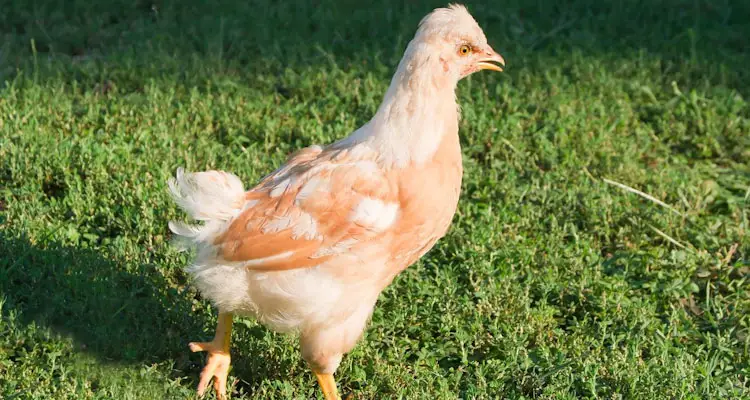
Generally speaking, a pullet is a young hen that has not laid her first egg yet. In some instances, she may even resemble the mature hens, as shown in the corresponding images, and might even be mistaken for one.
However, there is much more to the term than you may think, as it refers to a precise stage of a hen’s life. Allow me to elaborate.
At What Point Can A Chicken Be Called A Pullet?
If you used the word pullet to describe a young hen, it’s unlikely that everyone would know what you mean since you may not be technically correct.
To officially reach “pullet hood,” a hen must be fully grown to the eye. She must have all her beautiful, shiny plumage established, yet not so mature as to have developed internally.
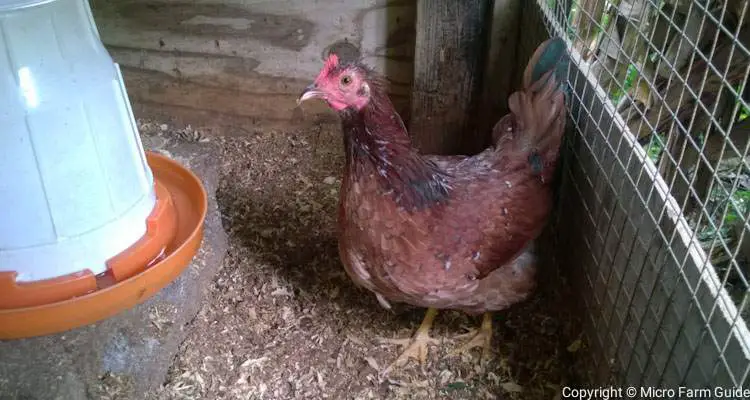
Essentially, a pullet is a fully grown female chicken who is yet to begin laying eggs. It will be under a year, falling between its 15th and 22nd weeks.
So, the takeaway here is that if you purchase some pullets for your micro-farm, you shouldn’t expect any eggs for a little while yet.
When Do Pullets Start Laying Eggs?
As soon as a pullet is ready to lay, she becomes what is known as a “Point-of-Lay” or PoL hen. This title signals reproductive maturity and that the first egg is imminent.
This typically occurs around the 22nd week of life, but it can differ dramatically from breed to breed.
How Can I Tell If A Chicken Is A Pullet?
You can identify pullets quickly by observing their lack of laying. However, if this is impossible, you can look at some chicken comb.
For the uninitiated, the comb is the red growth running from the back of their head to their beak.
It serves multiple purposes, such as thermal regulation and health indication. However, the one we’re interested in here is sexual attraction.
Yep, that’s right, male and female chickens are attracted to the floppy red thing on each other’s heads. They seem attracted to red, but that’s an entirely different topic.
This is why a fully formed comb is a good indication that a chicken has reached sexual maturity and can no longer be labeled a pullet.
On the other hand, chickens with partially formed combs have not reached sexual maturity and, thus, lack all the facilities to attract a mate.
Are Male Chickens Ever Referred To As Pullets?
Upon hatching, male and female chickens are called chicks. As the female enters into “pullet hood,” the male becomes either a young rooster or a cockerel; both mean the same thing.
Only female chickens can enter the pullet stage of development, as it’s tied into egg production.
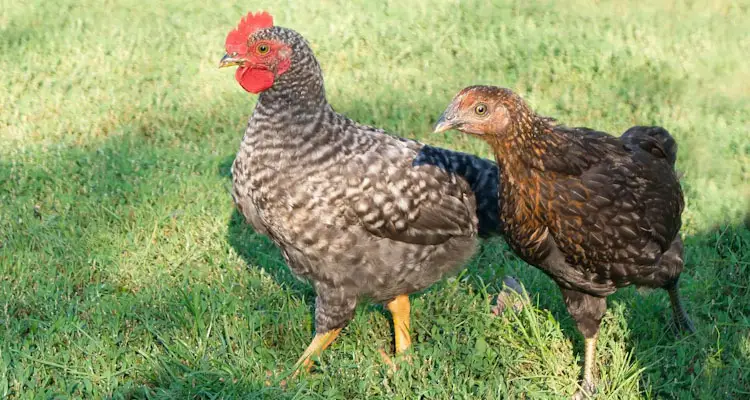
I’m sure you’re aware that this is a little beyond the abilities of a male chicken, but that’s not to say a male’s development isn’t also broken down into categories.
And finally, as pullets become PoL hens, young roosters/cockerels become roosters.
Which Breed Of Chicken Reaches PoL The Fastest?
If you’re in a hurry to get your micro farm producing yet would still instead bring younger chickens into the fold, it’ll pay to look for some early blooming breeds.
The earliest you can expect a chicken to start producing eggs is 16 weeks, and breeds capable of producing at this stage include…
- Leghorns
- Golden Comets
- Sex Links
- Rhode Island Reds
- Australorps
Do remember that buying a pullet from one of these breeds does not guarantee tasty eggs at the 16-week mark; it’s just a possibility.
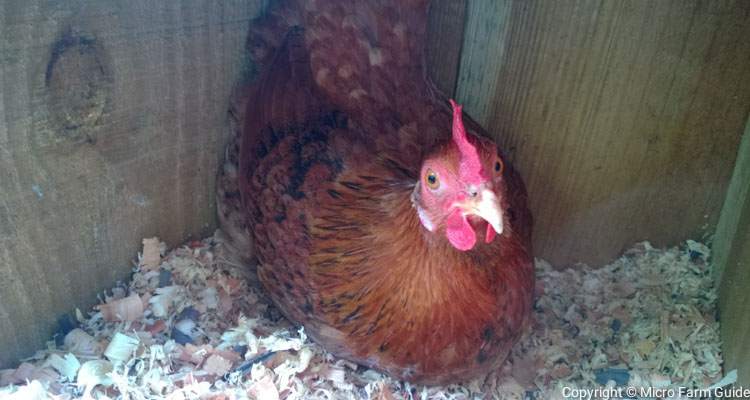
The conditions of your coop and the area will also affect the PoL of a chicken.
For instance, all chickens prefer 14 hours of sunlight and 8 hours of darkness, which only occurs during certain seasons.
As such, you may have to introduce supplemental lighting to your coop to get the eggs a-rollin’ even if your chicken has already reached the point of lay.
Extreme weather can be an issue too. The optimal laying temperature spans 52 to 79 °F.
Should the weather fall below or rise above this threshold, you may have difficulty getting any chicken to lay eggs, regardless of maturity.
The Pros And Cons Of Choosing Pullets
While choosing Pullets can give your micro-farm quite a head start, it’s not always a pleasant experience. With that in mind, here are some pointers to consider,
Pros
- Chick care can be a real pain in the tail feathers. It’s a pretty hands-on schedule, and you may find it hard to make time. It can also be scary if you’ve never cared for chicks before.
- Pullets are far more robust than chicks and easier to manage too.
- Pullets are comparatively affordable, as although they cost more upfront, you don’t have to worry about bedding, incubators, special feed, or the like.
- Eggs will be well on the way! With chicks, you’ll be eggless for at least 5 months, as opposed to 1 month with pullets.
Cons
- They’re not too friendly or cute, while chicks are adorable and personable.
- They’re too old to form strong bonds with you.
- They may be scared of you for a while.
- Establishing the pecking order can be pretty brutal.
Final Thoughts
In summary, pullets are adolescent hens that are mostly grown on the exterior but are yet to reach sexual maturity.
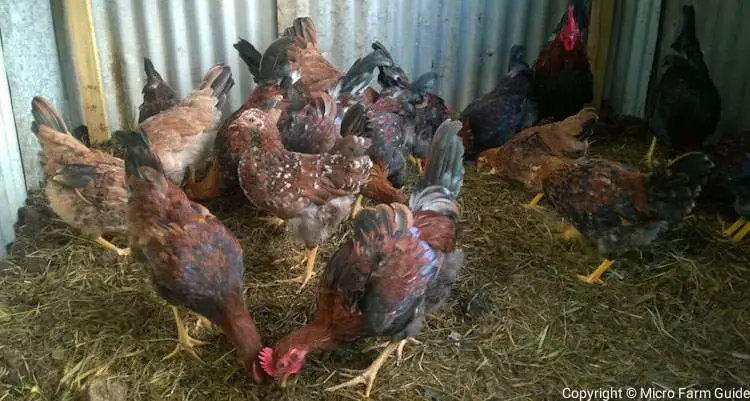
They will have partially formed combs and cannot lay eggs, but that doesn’t mean they’re a terrible choice. In fact, there are many benefits of bringing home some pullets for your micro-farm.
Simply weigh the pros against the cons and your personal wants and needs, and you’ll know what to do!
References
The University Of Wisconsin-Madison. Judging Ready To Lay Pullets. livestock.extension.wisc.edu. Accessed September 2022

